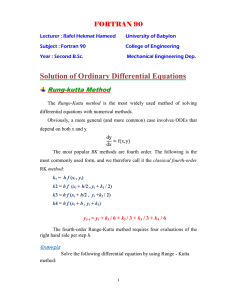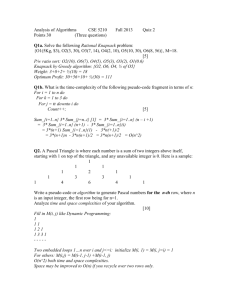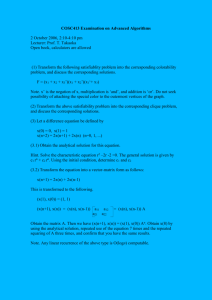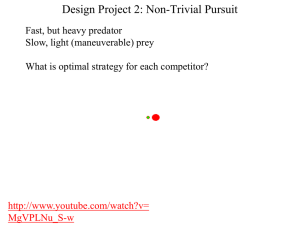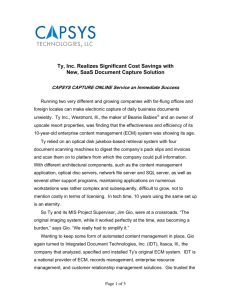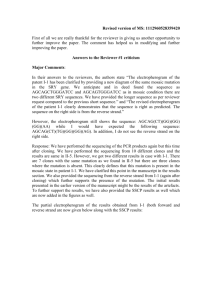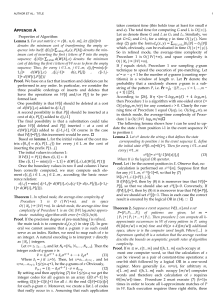The Predator – Prey Equation
advertisement
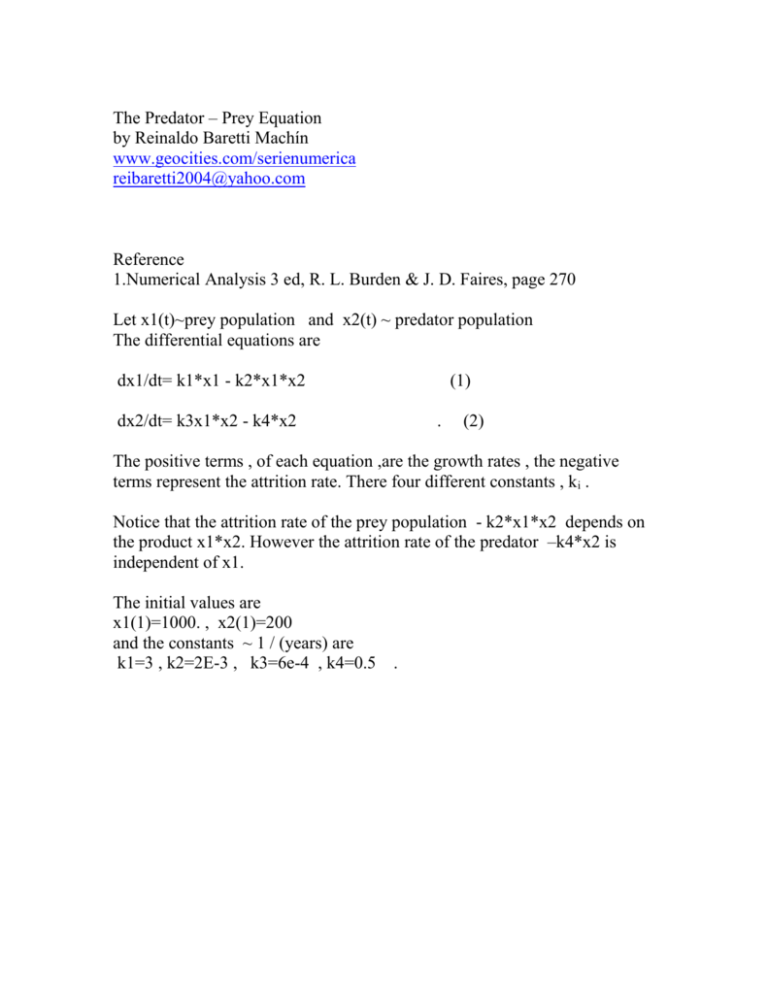
The Predator – Prey Equation
by Reinaldo Baretti Machín
www.geocities.com/serienumerica
reibaretti2004@yahoo.com
Reference
1.Numerical Analysis 3 ed, R. L. Burden & J. D. Faires, page 270
Let x1(t)~prey population and x2(t) ~ predator population
The differential equations are
dx1/dt= k1*x1 - k2*x1*x2
dx2/dt= k3x1*x2 - k4*x2
(1)
.
(2)
The positive terms , of each equation ,are the growth rates , the negative
terms represent the attrition rate. There four different constants , ki .
Notice that the attrition rate of the prey population - k2*x1*x2 depends on
the product x1*x2. However the attrition rate of the predator –k4*x2 is
independent of x1.
The initial values are
x1(1)=1000. , x2(1)=200
and the constants ~ 1 / (years) are
k1=3 , k2=2E-3 , k3=6e-4 , k4=0.5 .
% predator-prey population Ref. Numerical Analysis , Burden & Faires
p.270
% x1(t)~prey population, x2(t) ~ predator population
% dx1/dt= k1*x1 -k2*x1*x2 , dx2/dt= k3x1*x2-k4*x2
x1(1)=1000.; x2(1)=200; k1=3; k2=2E-3; k3=6e-4; k4=0.5 ;
t1=1/k1 ; t12= 1/(k2*x1(1)) ; t3=1/(k3*x2(1)) ; t4=1/k4 ;
A=[t1,t12,t3,t4] ; tscale=min(A) ;
dt =tscale/100.;tf=2.;
i=1;
for t=[dt:dt:tf];
i=i+1;
x1(i) = x1(i-1) +dt*(k1*x1(i-1)-k2*x1(i-1)*x2(i-1));
x2(i)=x2(i-1) +dt*(k3*x1(i-1)*x2(i-1) -k4*x2(i-1) );
end
t=[0:dt:tf];
plot(t,x1,t,x2), xlabel(' time(years)'), ylabel ('x1(prey), x2(predator)')
